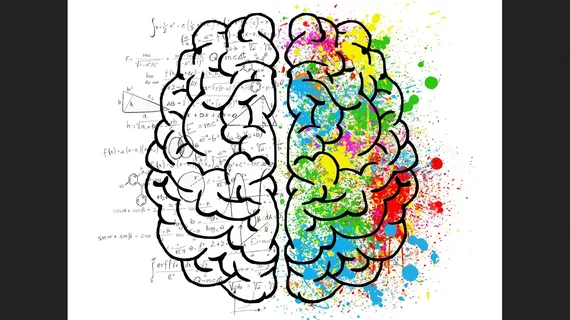Neural network replicates damaged brain for benefit of neuro patients, AI developers
Researchers at the Salk Institute have used neural network architecture to algorithmically simulate effects of damage to the prefrontal cortexes in patients with neuropsychological impairments. The team believes its findings can inform improved AI development as well as personalized clinical therapies.
Senior study author Terrence Sejnowski, PhD, and colleagues describe their work in a research report published in Proceedings of the National Academy of Sciences.
The scientists focused on getting their AI to mimic the cortical mechanism of “gating,” which controls information flow between neuron clusters to apply existing knowledge to new situations.
Noting that previous attempts to model prefrontal cortex damage produced disappointing results, they explain their system mirrored biological gating by “delegating” different information packets—i.e., artificial neurons—to different subregions of the artificial neural network.
The authors say their system was the first to recreate gating throughout an entire network rather than within discrete subsections.
In an article posted by Salk’s news division, lead author Ben Tsuda, a graduate student pursuing MD and PhD degrees, says the work is yielding a granular view of how the brain is organized. The advance “has implications for both machine learning and gaining a better understanding of some of these diseases that affect the prefrontal cortex,” Tsuda says.
Salk professor Kay Tye, PhD, adds that the human brain is too versatile for even the most sophisticated artificial neural networks to match. A key reason is that the brain can generalize knowledge across varying tasks with dissimilar rules, she explains.
“In this new work, we show how gating of information can power our new and improved model of the prefrontal cortex,” Tye says.

